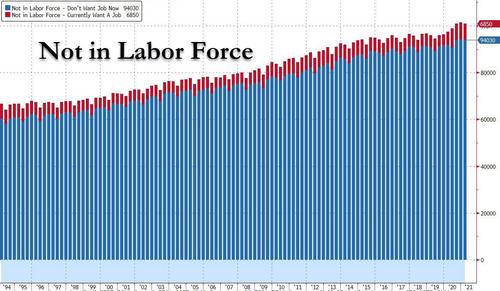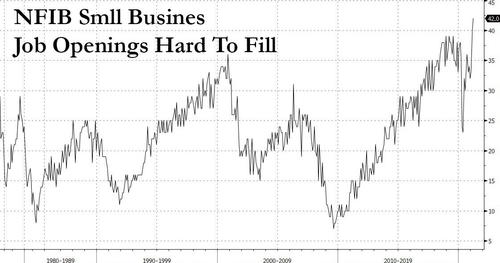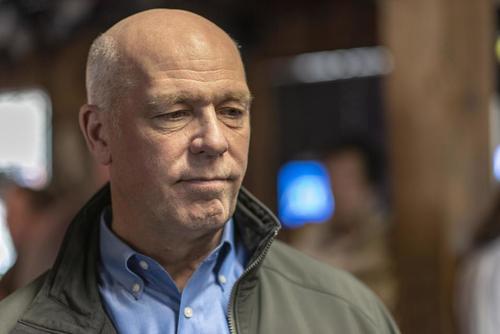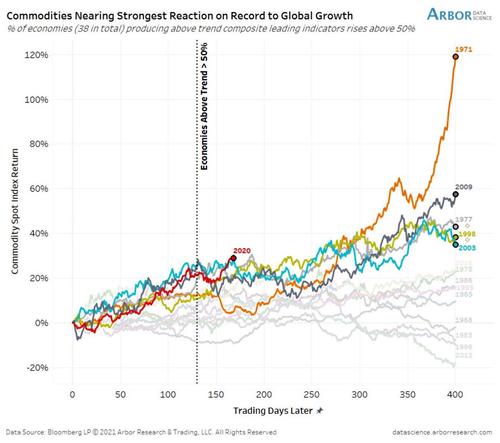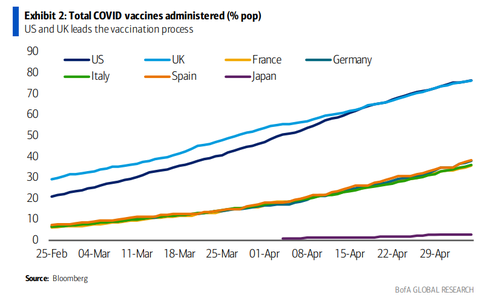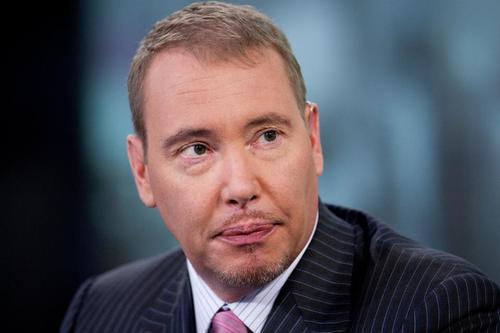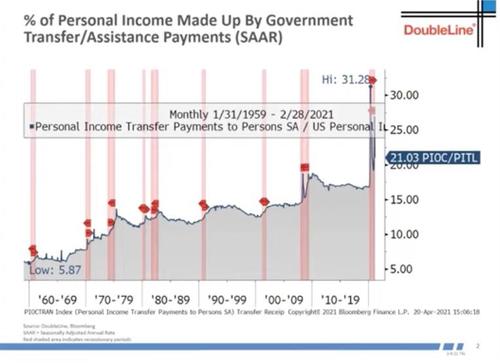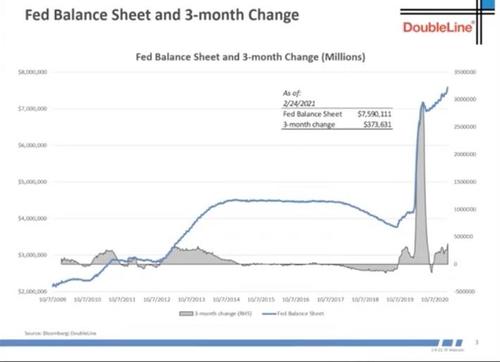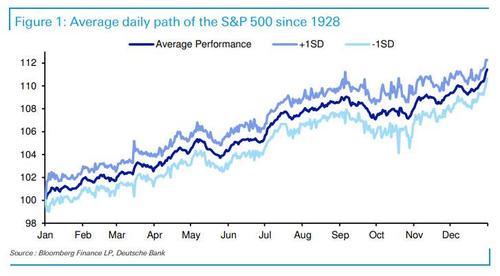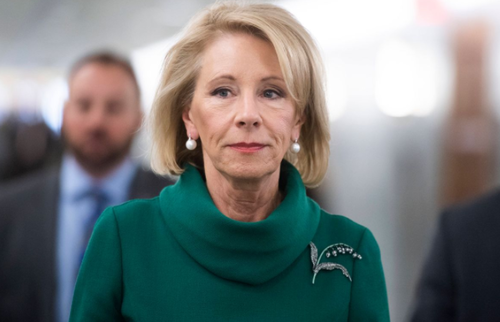Gen Z Is Anything But Politically Ill-Informed
Authored by Samuel J. Abrams via RealClearPublicAffairs,
I have had the privilege of teaching politics and history to college students for well over a decade, and I noticed a significant change among my students in the past few years: their interest in politics and political engagement is far greater than when I began. My first group of students were Millennials, and while some were deeply interested in politics and the socio-historical world, this was the exception, not the norm. Today, my Gen Z students are deeply passionate about political change and not politically dogmatic. The 2020 election revealed their significant level of turnout, potentially setting the stage for a more vibrant polity going forward.
Despite high voter turnout, countless reports bemoan political ignorance and a lack of historical understanding among younger generations. Many observers lament the loss of civics education in schools and the rise of social media and celebrity politics, leading to questions about the civic capacity of younger Americans. Thanks to a national survey commissioned in 2019 by the American Council of Trustees and Alumni (ACTA) and NORC at the University of Chicago, we now know better. Gen Zers are not far out of line with older generations in terms of their political and civic literacy. In fact, the data shows that my impressions are correct: Gen Zers possess greater levels of civic knowledge than Millennials, who are the least politically literate generation today.
The survey presented 15 questions on political history and civics, asking the identity of the current the Chief Justice of the U.S. Supreme Court to noting the historical fact that the 13th Amendment ended slavery, not Lincoln’s Emancipation Proclamation. Overall, 75 percent of the respondents correctly answered 10 of 15 items, although the average number of correct responses was 8, a bit over half.
When the data is broken down by generation, Gen Z is not an outlier. Members of the Silent Generation are the most knowledgeable, with an average of 8.8 correct answers, while Millennials are the least knowledgeable at only 6.7 correct answers on average. Gen Z is comparable to Gen X at around 7.5 correct answers, marginally lower than the national average.
Digging deeper, there were cases where Gen Z was notably better compared to their grandparents. Consider the question of what Harriet Tubman was best known for. Respondents were given a selection of choices, including serving as a Civil War medic, organizing marches on Washington and various boycotts, and guiding slaves through the Underground Railroad, the correct answer. Tubman undertook at least 13 missions that rescued over 70 enslaved people via the Underground Railroad. In aggregate, 78 percent of the population knew this fact; 77 percent of Gen Zers knew this, compared to 65 percent of Silents.
When asked about what government action guaranteed women the right to vote, Gen Zers were not off the average. Fourty-five percent of the overall sample selected the correct answer of the 19th Amendment, though a sizable portion of Americans – 30 percent – believed this right was guaranteed by the Equal Rights Amendment, an idea that has been around for almost a century but has never been adopted by Congress. Nevertheless, 47 percent of those in the Silent Generation and 49 percent of Boomers answered this question correctly. Fifty-four percent of Gen Zers answered this correctly, compared to just 41 percent of Millennials. Clearly, the youngest cohort is more aware of voting rights than both their grandparents and their immediately preceding cohort.
Of course, there are examples where Gen Z could benefit from a deeper understanding of history. For instance, one question covered who the architect of the New Deal was; overall responses were split. Fifty-five percent of the total sample replied Franklin D. Roosevelt – the correct choice – but the next greatest percentage picked Alexandria Ocasio-Cortez at 18 percent. Seventy percent of the Silent Generation knew the answer was FDR, and just 11 percent answered AOC. In contrast, only 43 percent of Millennials answered FDR with 22 percent thinking that the correct answer was AOC. Gen Z was notably better, with 60 percent correctly answering FDR and just 12 percent choosing AOC. While AOC has been talking about a Green New Deal, younger Americans should certainly know that her ideas were cribbed from the FDR-initiated New Deal.
In short, the data supports what I saw in my classroom and seminars: Gen Zers are indeed more politically knowledgeable than older Millennials. While the overall level of political and historical knowledge in the nation should be better, Gen Z does not lag far behind older cohorts. Our various institutions – schools, families, and community organizations – should do more to improve civic literacy. It would be a mistake to assume that Gen Z is simply ignorant of politics and history; Millennials are far more disconnected. Politicos and parties would be wise to cultivate this youngest generational cohort and not speak past them, as they are already aware of American history and how our republic functions.
Samuel J. Abrams is professor of politics at Sarah Lawrence College and a visiting scholar at the American Enterprise Institute.
Tyler Durden
Thu, 05/06/2021 – 19:30
via ZeroHedge News https://ift.tt/3vLO6Nn Tyler Durden

